Komplexes Gestalten, Sommersemester 2017
bei Prof. Christian Zöllner und Amelie Goldfuß
ab 3. Studienjahr Bachelor, ab 1. Studienjahr Master
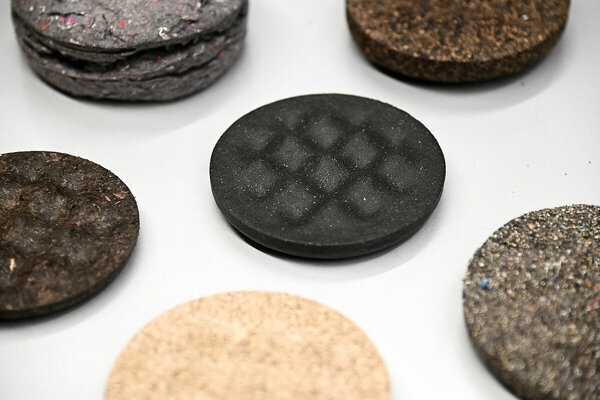
Komplexes Gestalten, Sommersemester 2017
bei Prof. Christian Zöllner und Amelie Goldfuß
ab 3. Studienjahr Bachelor, ab 1. Studienjahr Master
In the project “From Fiction to Action – Design in state of exception” the students are working on exactly this crux: through speculative design and methodologies of design fiction they develop comprehensible and mostly applicable scenarios and product prototypes. As an exemplical thematic complex serves the exploration of creative and designerly dimensions of revolution, civil disobedience, insurrection and resilience. In a present that is characterized by crisis perception, media hysteria, social injustice and an extreme imbalance of prosperity, designers are also forced to keep up. What do I deal with? Where does my energy and expertise flow into? What output and impact can I achieve for whom and to what extent?
Designers, artists and activists are already formulating their views in a variety of ways. An example of this is Artúr van Balen and his project on inflatable, soft scaled paving stones, which can be thrown between demonstrators and the police during demonstations and create humorous confusion. The foundations of the student projects are, among other things, researches on precisely such works of art and design, which were presented and discussed in texts and books in short seminars.
For example, the exhibition and the accompanying catalog “Disobedient Objects” of the Victoria and Albert Museum of 2015 already shows the aesthetic qualities of objects in resilient contexts: Self-protection signs in the look of books or shields equipped with large-scale photographs, DIY gas masks and aesthetic-functional appropriation strategies. The starting-point, to design exclusively tools for an irresistible revolution, with which then the new and better tomorrow can be defended against any opposition, has not proved to be consistently durable. Too romantic the barricade fight, too short-sighted the riot in the tear gas mist. Although more practical translations
of improvised tools, such as airy high bar constructions to block pathways, are pragmatic and appropriate solutions to the situation but design’s compelling competence is only partially fulfilled. It is about to think beyond the barricades, to create the foundations for new social alliances and to raise awareness of grievances outside the streets. It is about the comprehensible demonstration of functions of biopolitical and pastoral state concepts and the deconstruction of various plausibility tests for an exceptional state.
The “Laurin” camouflage coat by Jan-Arne Gruner offers a concrete formulated and functioning counter-position to the monitoring concepts currently being developed by the Fraunhofer Institute for the Südkreuz station in Berlin. The oversized design of the garment and the contradiction between analogue-human visibility and digital-machine invisibility actively question the conditions for total surveillance. Along with a narrative and speculative design methodology, historical and present strategies of civil rebellion were analyzed and extrapolated into certain futures. The different projects involve an individual and therefore very personal approach to the exceptional state, which is interpreted independently by the students. Forms of a future collective disobedience are worked out as well as criticism of conventional biological reproduction and mass surveillance. Project proposals deal with the question of embodiment of nationalism in consumer products as well as the spatially- formal representation of public security.Together the students developed new perspectives on what design can be and in which fields it may extend. Not into space as many people might put the design fiction term but onto hypothetical streets in very real environments.

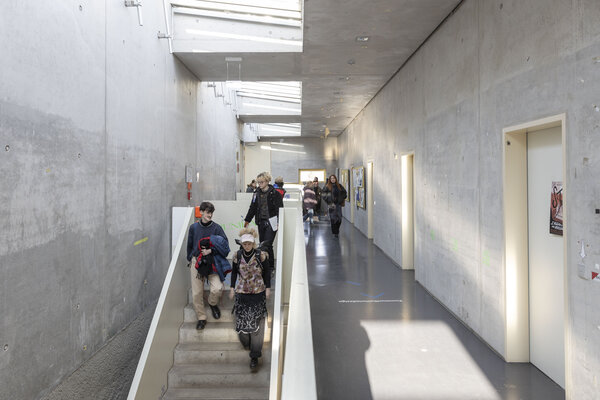
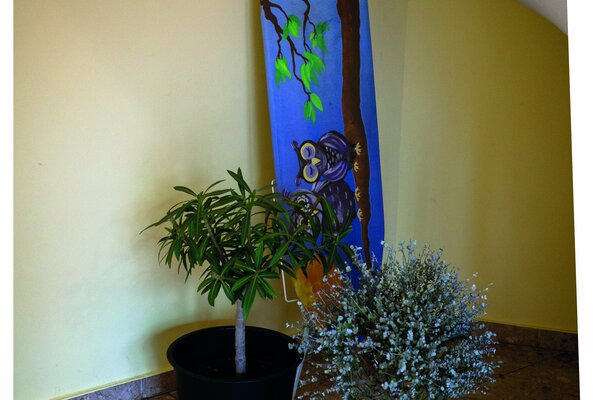
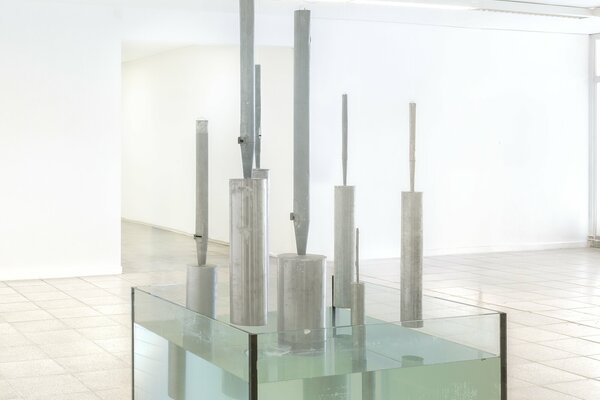
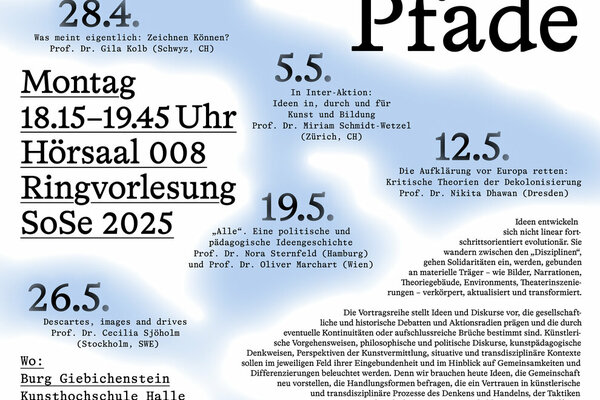
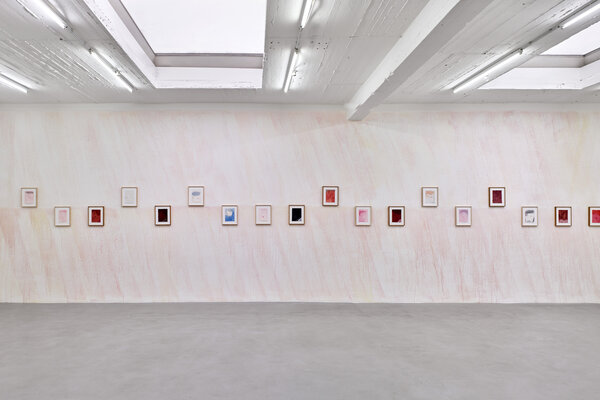
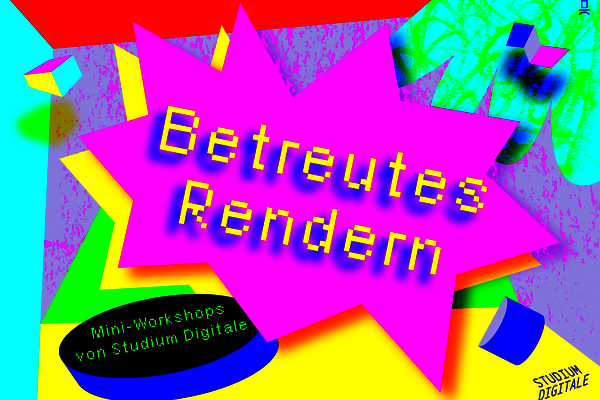
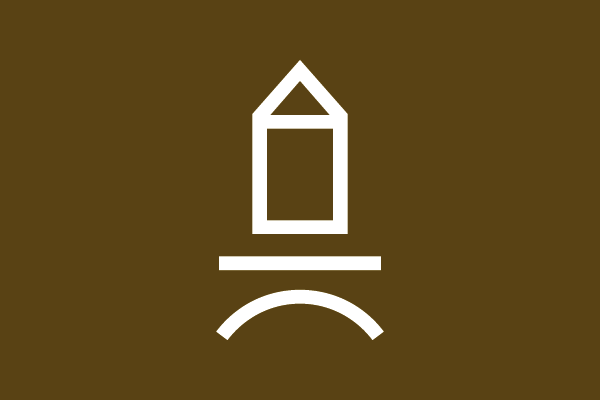

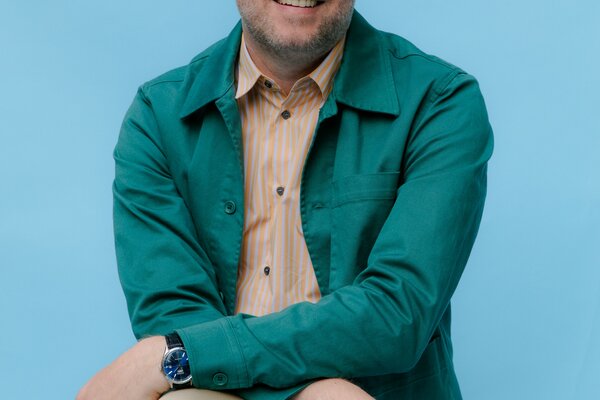
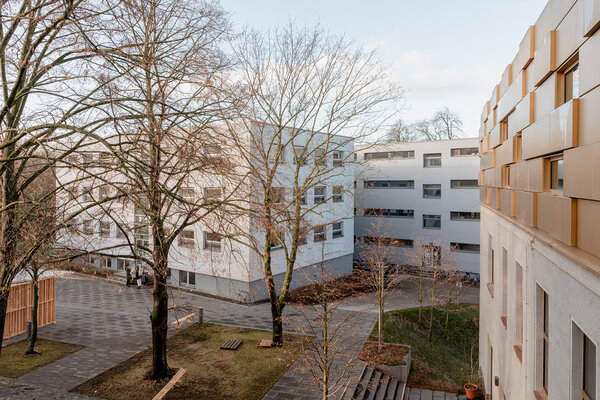
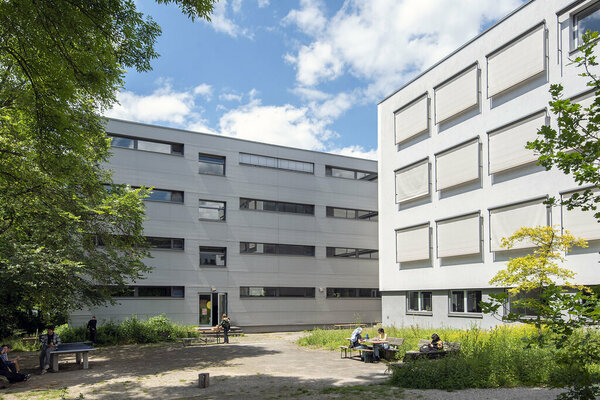
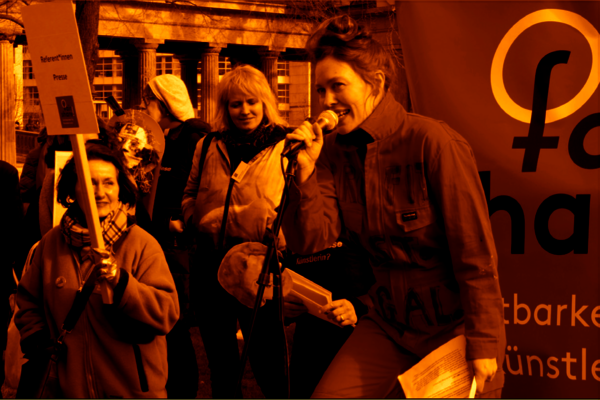
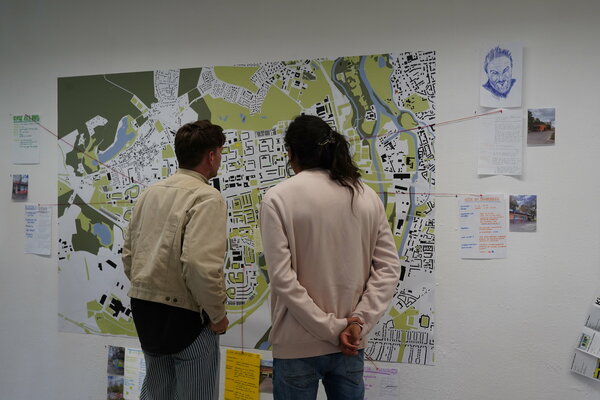
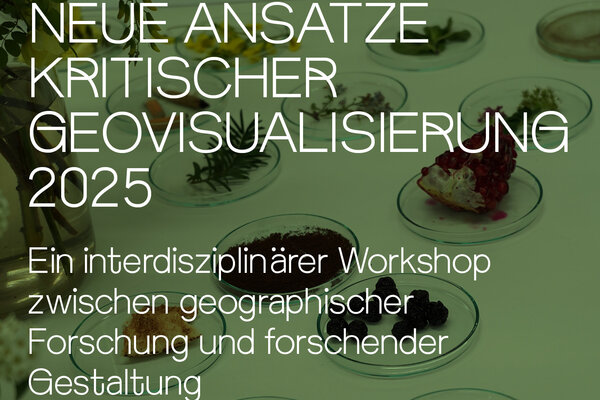
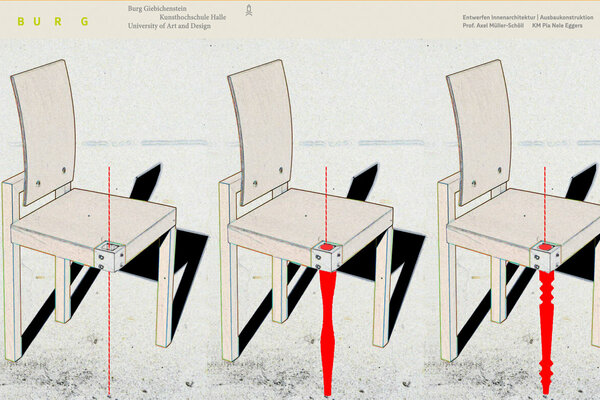

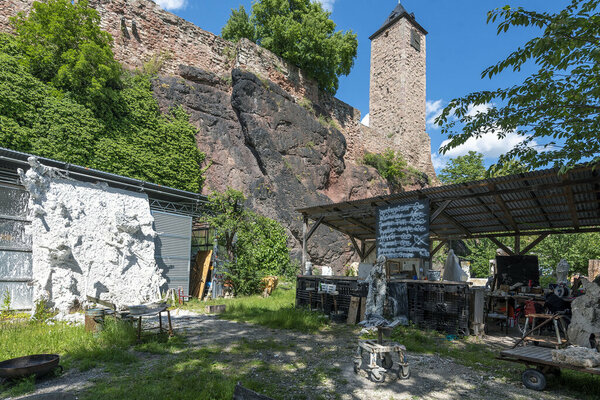
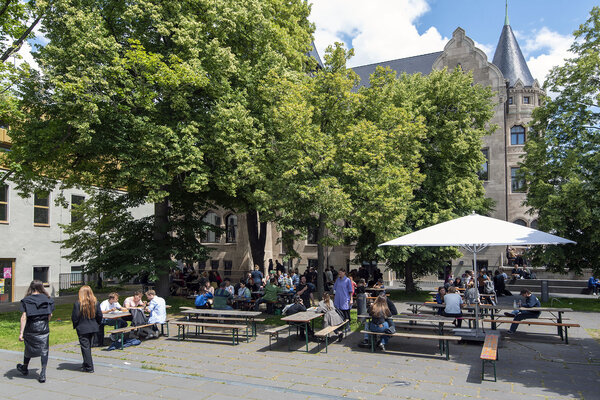
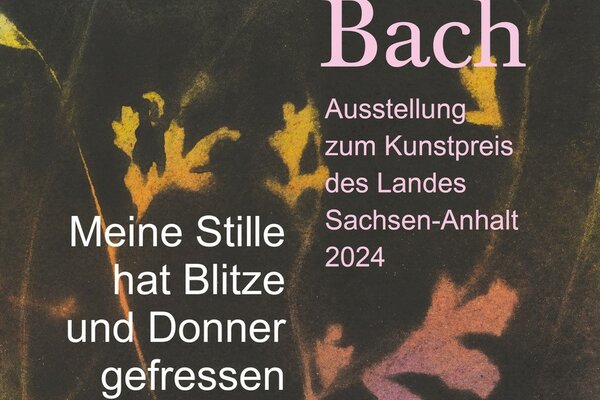

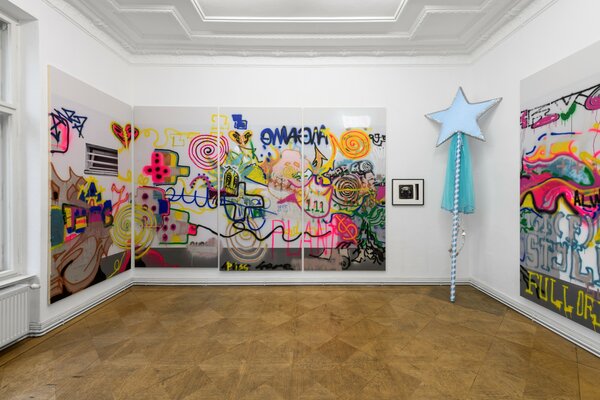
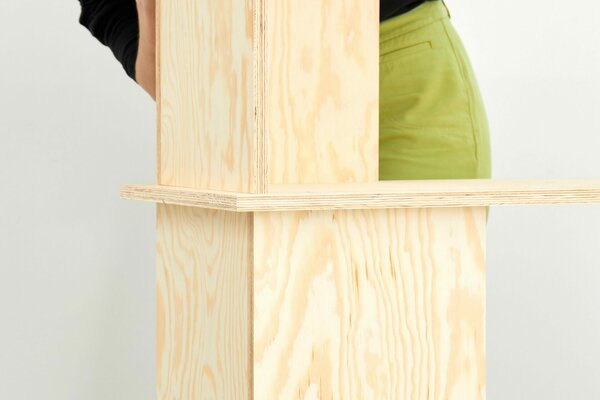

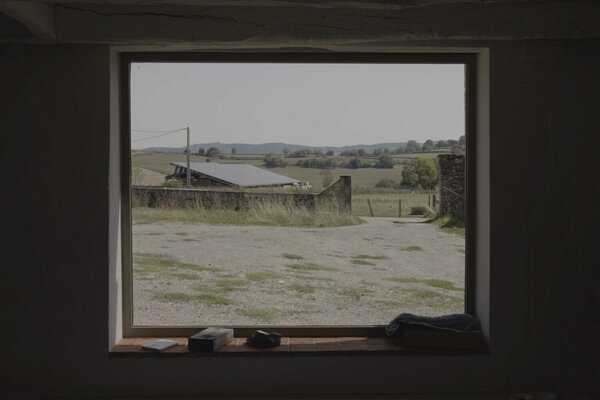


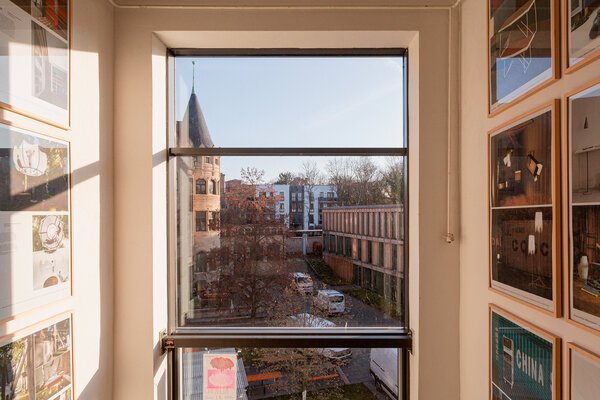
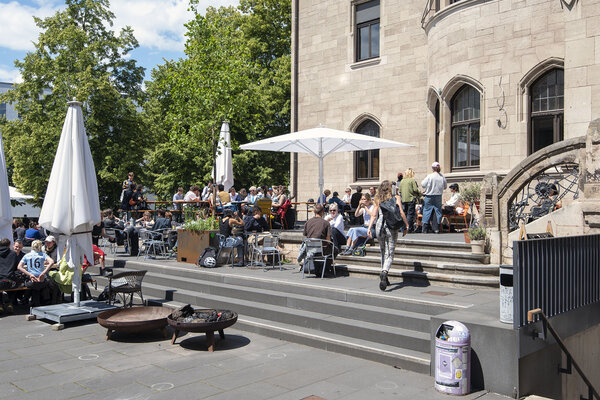

Alexander Naumann
Dani Nikitenko
Jan Arne Gruner
Johannes Voelchert
Judith Faßbender
Leo Helm
Lukas Keller
Mathis Hosemann
Tony Beyer
Yunus Emre Ersoy